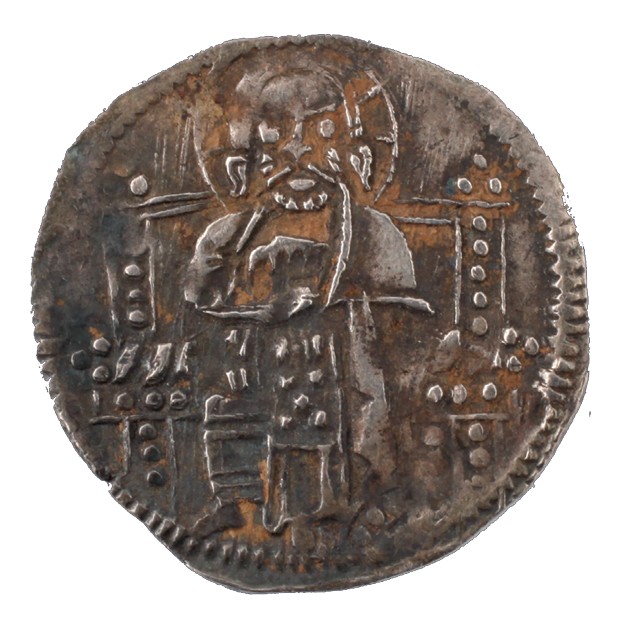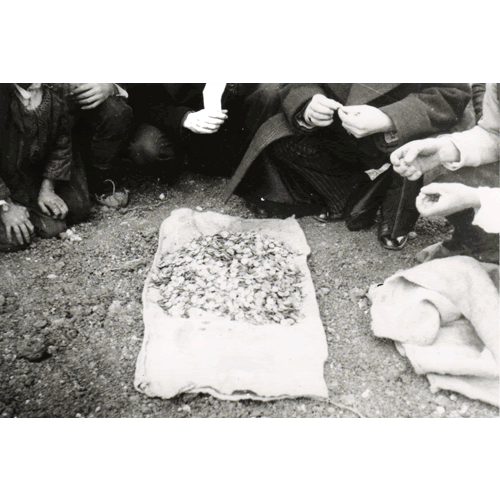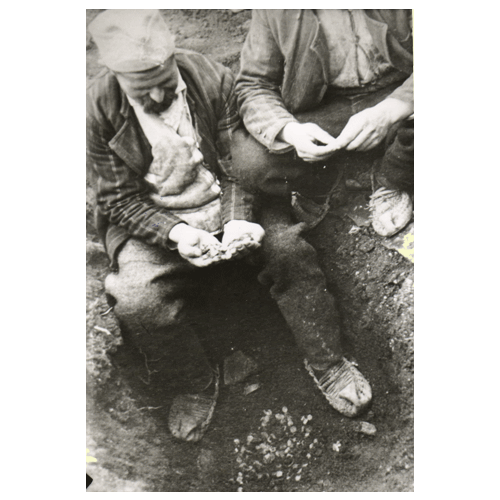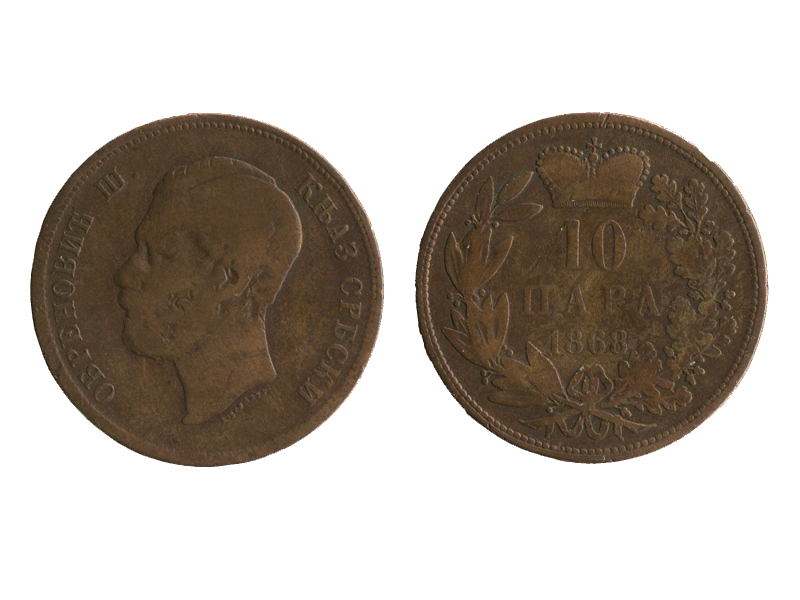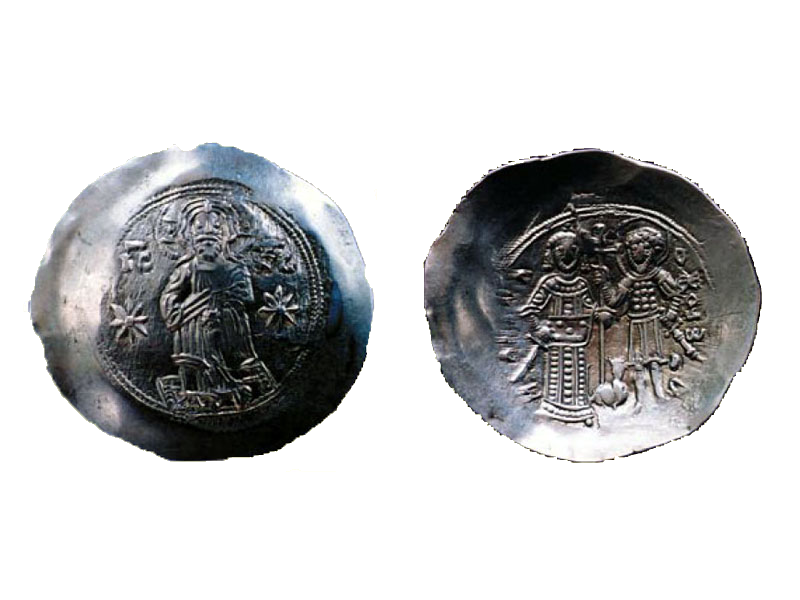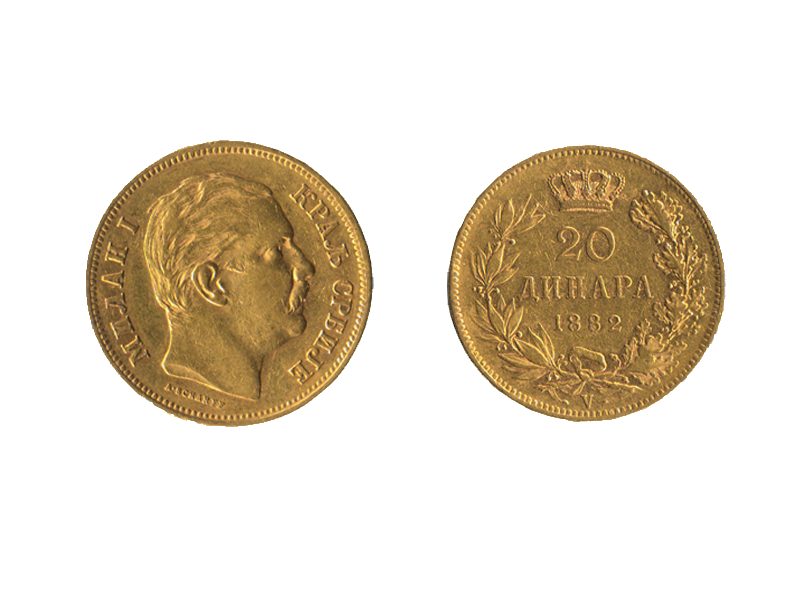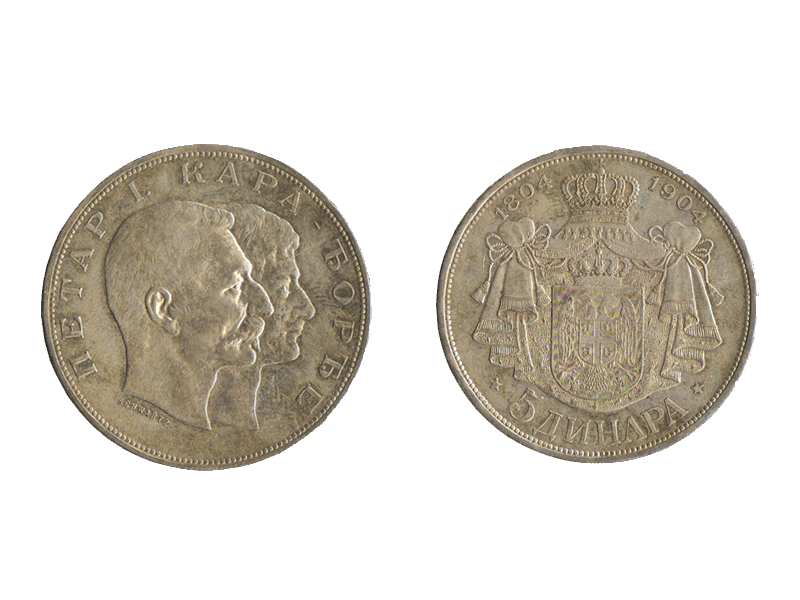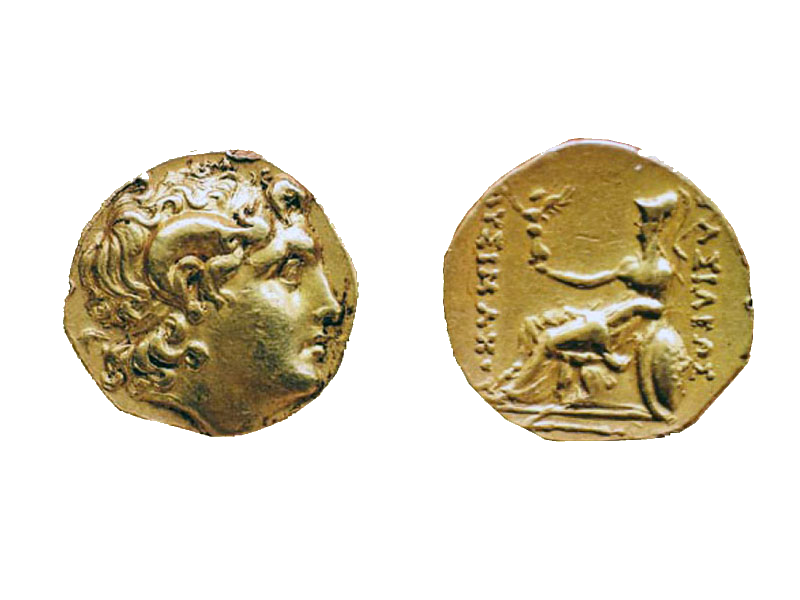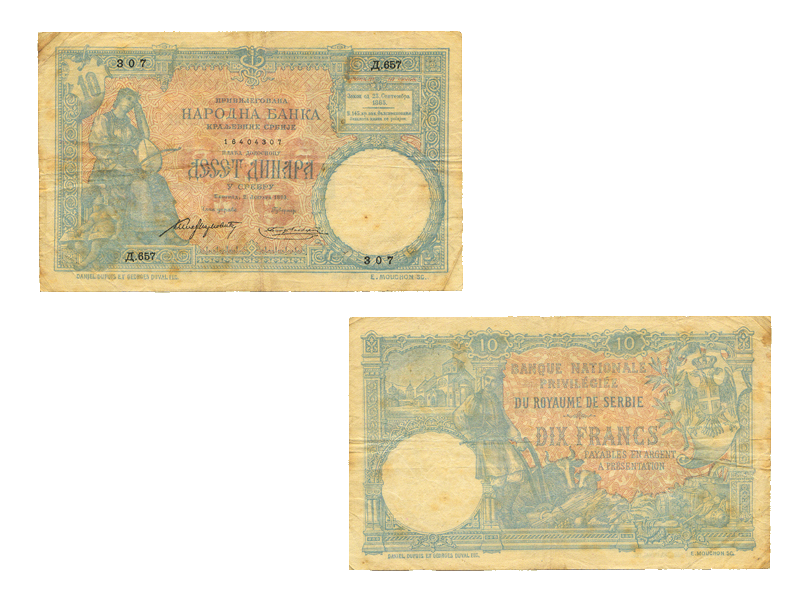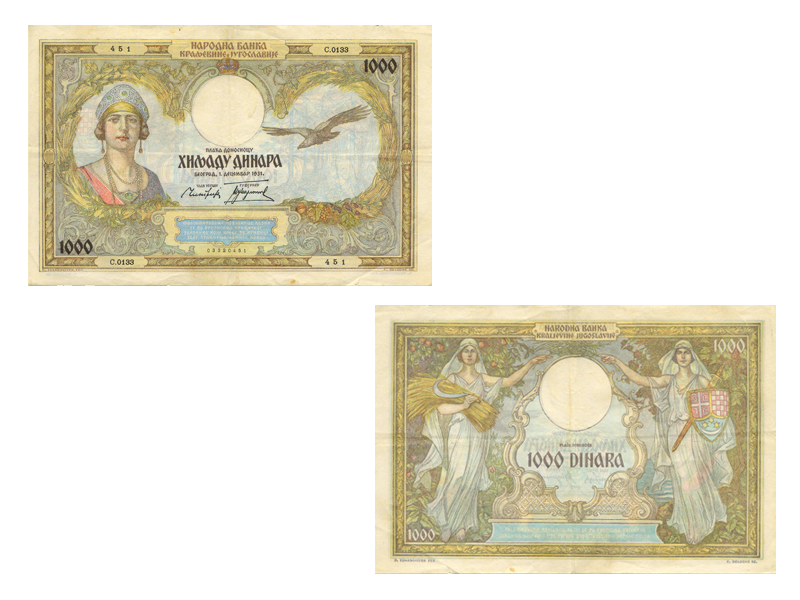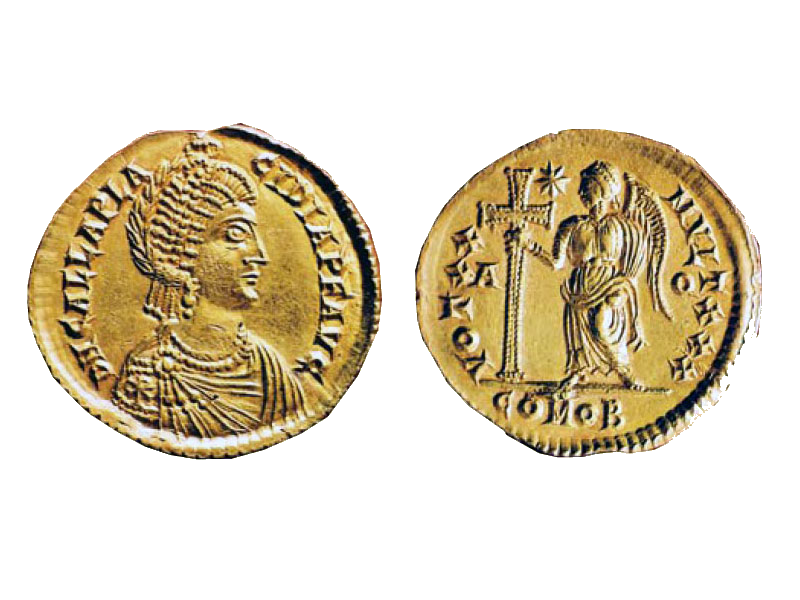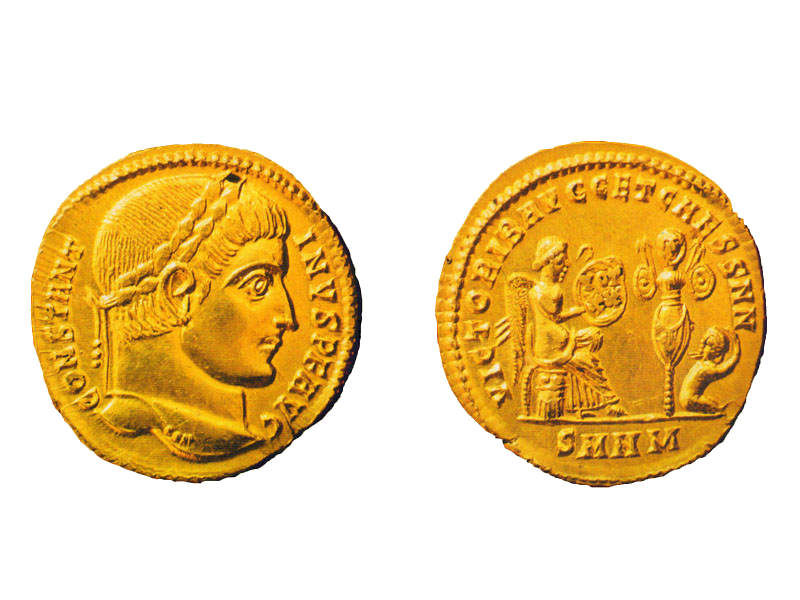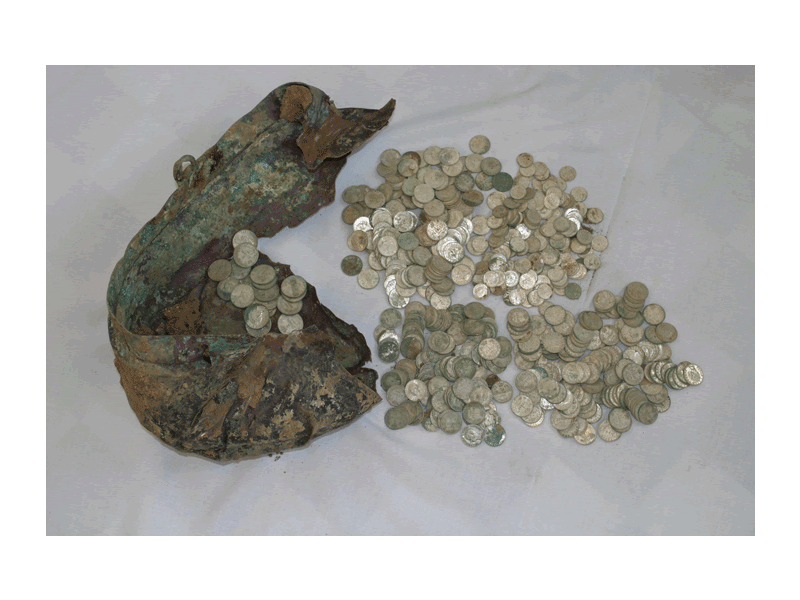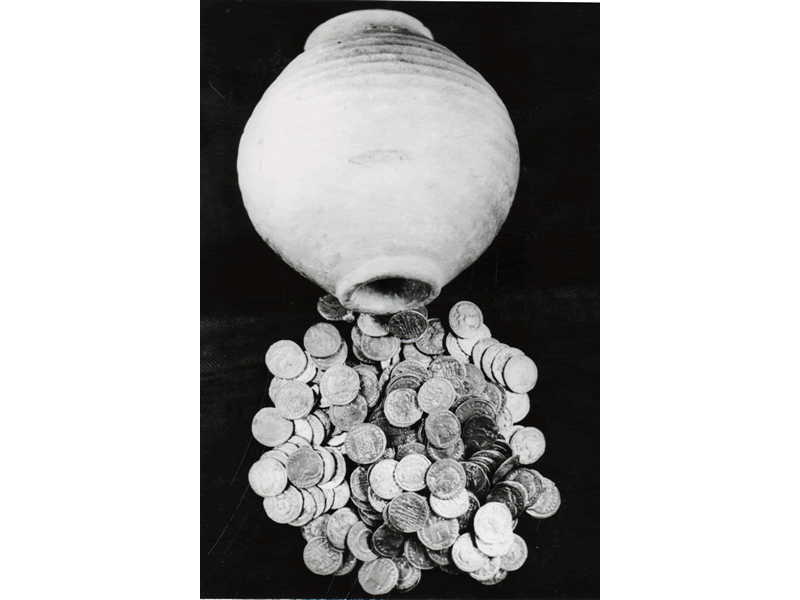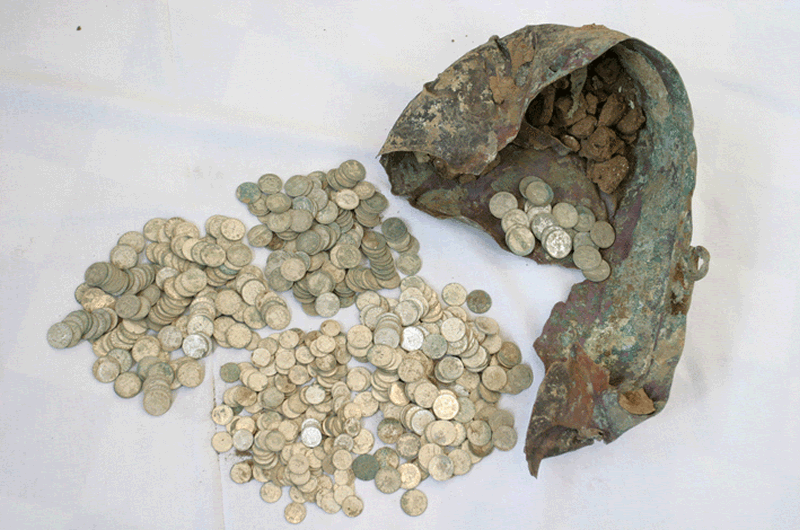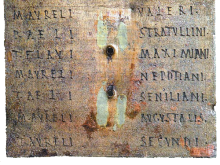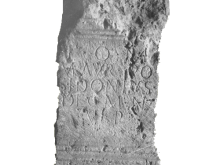The Numismatic Collection has existed since the foundation of the Museum, and the first major finding that enriched the collection was part of a hoard of Roman silver coins from Kamenica village. Today the Museum has the following numismatic collections: the collection of Greek coins, the collection of Roman coins, the collection of Byzantine coins, the collection of medieval coins and the collection of modern coins. There are over 11,000 pieces in collections that chronologically cover a very long period of time, from the 4th century BC to this day.
The Epigraphic Collection includes 100 monuments. The monuments from the Roman era that come from Naissus and Timacum Minus predominate. Most of the monuments have an engraved inscription in Latin and only a small number in Greek (votive icons and sculptures). The monuments cover the time from 1st to the 6th century and are diverse in content.
Among the most important artifacts the following are highlighted: the votive monument of Marcus Aurelius Posidonius, the decurione of the Naissus municipality and the Roman military diploma.

